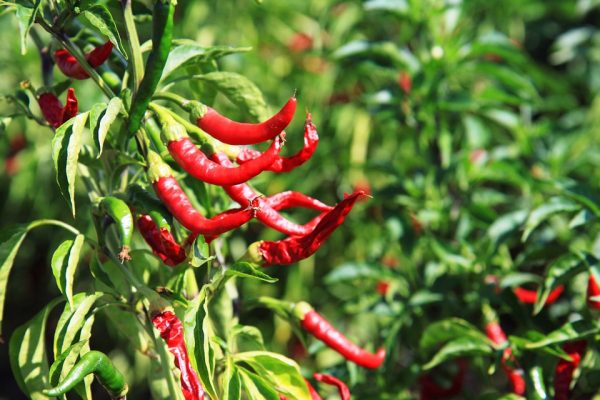Garden Tips
Starting a Vegetable Garden
Starting a Vegetable Garden
Vegetable gardening is fun, rewarding, easier than you think and (most importantly) delicious! Here are some tips and tricks to turn you into a gardening pro.
- Select Your Location – Select a location that receives full sun (at least 6 hours a day) for your garden. It’s also beneficial to select a location near a spigot so you aren’t dragging a hose across your property when you need to water. The average vegetable garden size is 10’x10’ but if that seems to be too big, start smaller. Don’t have the space for a garden bed? Raised beds and containers are great alternatives.
- Prep Your Location
- Garden Beds – Starting a garden bed requires the most prep work. Remove weeds and existing plants that will compete with your plants for water and nutrients. Test your soil to know about any soil issues such as pH ahead of planting. Till the soil, remove large pieces of debris and amend the soil with Lobster Compost.
- Raised Beds – When building a new raised bed, fill with Coast of Maine Raised Bed Mix. Top soil is too heavy and retains too much moisture for use in raised beds and containers. When refreshing an existing raised bed, add more Raised Bed Soil or Lobster Compost as needed.
- Containers – Select containers large enough for the plants you will be growing. For example, a single tomato plant should be planted in a 5 gallon size container. Fill your containers with either Coast of Maine Potting Soil or Coast of Maine Raised Bed Mix
- Pick Your Plants – Now it’s time to head over to Ken Matthews Garden Center and pick out your plants! You can choose to start from seed or from starter plants (for our guide to seed starting, click here). When picking your veggies, pick what you know you’ll eat and start with 3 to 4 plants for your first foray into gardening.
- Plant – Before you start digging, plan the layout of your veggies. Vegetables that will grow taller should be planted where they won’t cast a shadow over lower growing veggies and some vegetables don’t do well when planted close to certain varieties (for our list of compatible and combative plants, click here). Once you have a place for each of your veggies, dig shallow bowls to allow for root development. Loosen the roots as much as possible and set your plant in the hole, leaving the top portion of the roots exposed above the soil line (about half an inch). Back fill soil around the roots and water thoroughly. Set up any supports, like tomato cages, now.
- Watering – Vegetables need approximately 1” of water a week and during the summer your plants will need more attention. Use a water wand to water deeply around the root system and a rain gauges help you keep track of the rainfall so you can know when your plants need to be watered. Avoid wetting the foliage of your vegetables as wet leaves are the perfect breeding ground for fungus and bacteria.
- Fertilizing – Feed your veggies with a vegetable fertilizer, like Fox Farm Tomato and Vegetable Fertilizer or Bonide Fish Emulsion. Fertilizers encourage root development, flowering and overall health, giving you stronger, healthier plants.
- Insects and Disease – Insects and disease will happen, but daily monitoring of your plants and swift action when a problem is discovered will prevent small pest problems from becoming big problems. Bonide Neem Oil is an organic control that works on insects, mites and disease making it a must have for gardeners.
- Harvesting – Daily monitoring is also the best way to know when your plants are ready for harvest. Make sure to harvest once your plants are ready so hungry critters don’t enjoy your hard work before you are able to. (Click here for a harvest timetable).

Additional Tips
- Don’t waste time and energy planting vegetables you and your family won’t eat.
- Start small, it’s better to be thrilled with the results of a small garden than overwhelmed by a large one.
- Don’t get discouraged if a plant fails. Use it as a learning experience, try to figure out what went wrong and make plans to avoid that problem next time.
- Successive planting, planting a second crop a few weeks after the first planting, is a great method of extending your harvest.
- Pick up necessary items like tomato cages, plants supports and fertilizers when you’re purchasing your plants as they will be needed during the planting process.
- Keep a gardening journal where you can detail all your successes (and even the failures) so you know what to do again next year and what to avoid.


